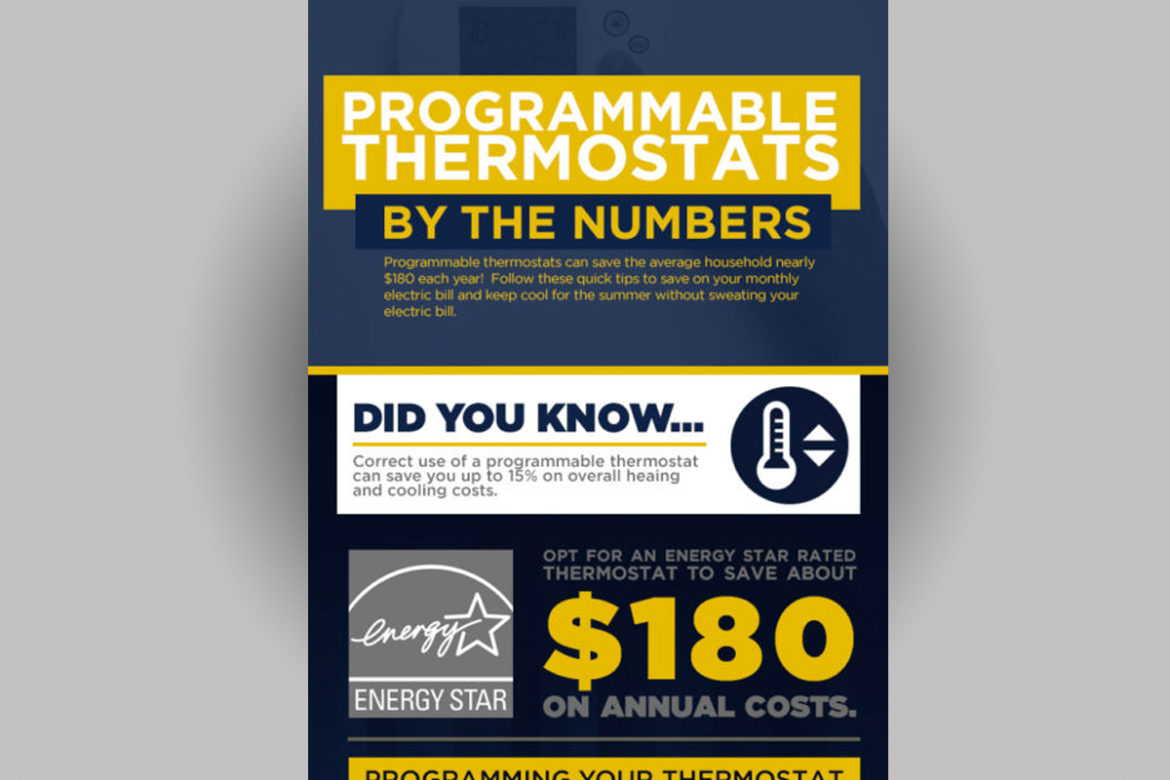Just How To Troubleshoot Common HVAC Issues In Your Home
Just How To Troubleshoot Common HVAC Issues In Your Home
Blog Article
advance heating and cooling -Fitzpatrick Grossman
Picture getting back on a scorching summer season day, just to locate that your cooling is not working. Irritating, right? Don't worry, you can repair typical cooling and heating issues in your house.
This write-up will certainly lead you through the process of recognizing and fixing airflow concerns, in addition to troubleshooting temperature control problems.
So, get your tools and get ready to become your very own heating and cooling hero.
Recognizing HVAC System Basics
To recognize the heating and cooling system fundamentals, you need to understand exactly how it operates and what parts compose the system.
The HVAC system, which means Home heating, Air Flow, and Air Conditioning, is in charge of maintaining a comfy interior atmosphere. It works by managing the temperature level, humidity, and air high quality in your house.
The major parts of a cooling and heating system include the heater or heat pump, ac system, ductwork, thermostat, and air filters. The furnace or heatpump is in charge of heating up the air, while the air conditioning unit cools it down.
The ductwork distributes the conditioned air throughout your home, and the thermostat enables you to control the temperature level. Finally, the air filters aid to get rid of dirt, pollen, and other particles from the air.
Understanding these standard parts will aid you repair typical a/c troubles and guarantee your system runs successfully.
Identifying and Fixing Air Movement Issues
To deal with air movement issues in your home, you should begin by checking for stopped up air filters and obstructed vents. Clogged air filters can limit the flow of air, triggering your HVAC system to work more challenging and much less effectively. It is necessary to frequently clean or replace your air filters to ensure correct air flow.
Additionally, obstructed vents can also hinder airflow throughout your home. See to it that all vents are free from any kind of blockages such as furnishings, drapes, or particles. If you notice any kind of vents that are closed or partially closed, open them as much as permit much better air flow.
please click the up coming document that can affect airflow is leaky duct. Examine your ductwork for any kind of leaks or voids and secure them correctly to boost airflow and energy efficiency.
Fixing Temperature Level Control Problems
If you're experiencing temperature level control issues in your house, check both the thermostat and the heating and cooling system for any problems.
Beginning by examining the thermostat setups to guarantee they're set correctly. In some cases, the temperature level might be established too high or as well low, triggering the a/c system to not work effectively. If the setups are correct, inspect the thermostat for any kind of physical damage or loosened connections.
Next off, evaluate the a/c system for any type of visible issues. Try to find leakages, clogged filters, or blocked vents that could be impacting the temperature level control. Additionally, make certain the system is getting power and the circuit breaker isn't stumbled.
If you're not able to determine or take care of the issue, it's best to speak to an expert a/c specialist for additional aid.
Verdict
So, there you have it! By understanding the basics of your HVAC system and fixing common troubles like air movement issues and temperature control troubles, you can maintain your home comfortable throughout the year.
As an example, allow's say you notice that some spaces in your house are consistently warmer than others. By looking for blocked vents or adjusting the dampers, you can make certain that the air flow is balanced and every space is at the wanted temperature.
